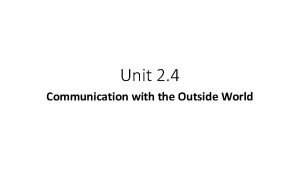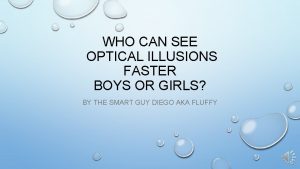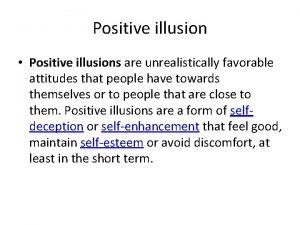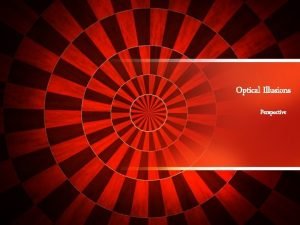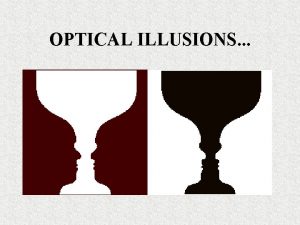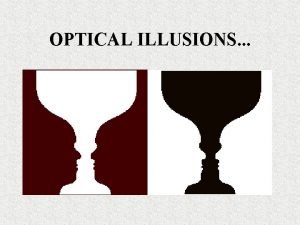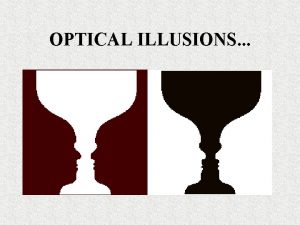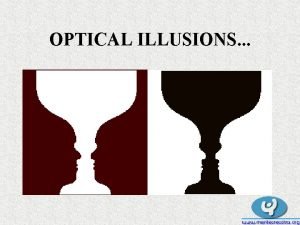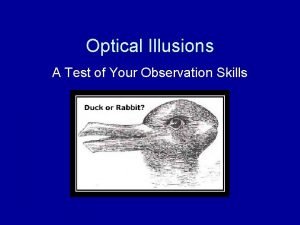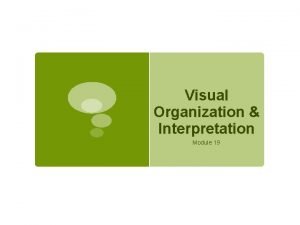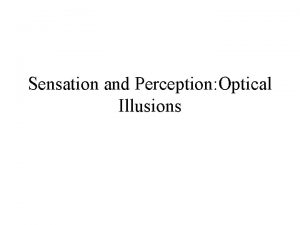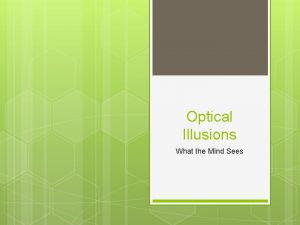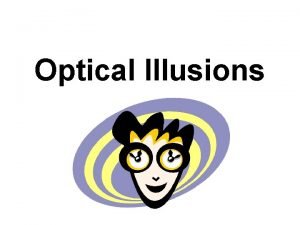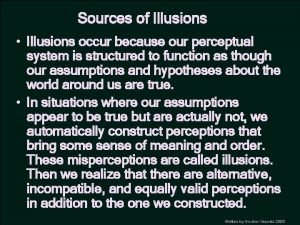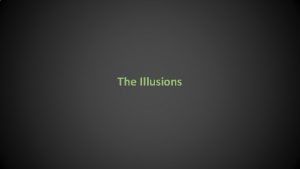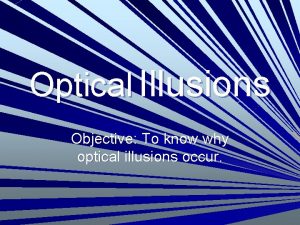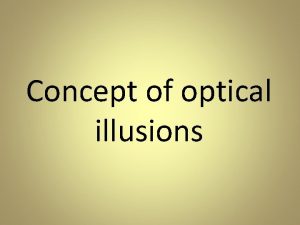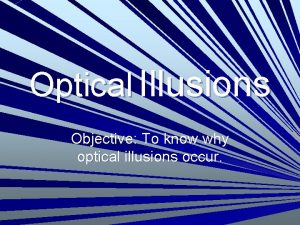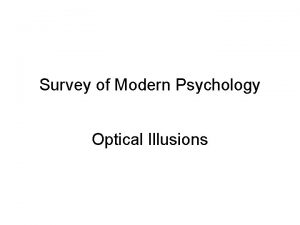QUESTIONMARKS AND ILLUSIONS RELATING THE ROLE OF THE












- Slides: 12

QUESTION-MARKS AND ILLUSIONS RELATING THE ROLE OF THE CIRCULAR ECONOMY Tamás Fleischer MTA KRTK Világgazdasági Intézet <http: //www. vki. hu/~tfleisch> <tfleischer@vki. hu> Socio-economic, Environmental and Regional Aspects of a Circular Economy (CE) International Conference for the 75 th Anniversary of DTI Session No 10. Towards a more sustainable economy Pécs, 19 -20 th of April 2018

Question-marks and illusions relating the role of the Circular Economy (CE) 4 0. Circular economy? ‚zero emission’ ‚car-free day’ (circulatory vs. digestion system) 4 1. Sustainability conditions 4 2. A possible role of CE: transmitting the external sustainability conditions for the operating internal systems 4 3. Indicators of the circular economy and their problems 4 Summary 4 Geissdoerfer, M. , Savaget, P. , Bocken, N. , Hultink, E. (2017) The Circular Economy – A new sustainability paradigm? . Journal of Cleaner Production, 143 (1), 757 -768. https: //doi. org/10. 1016/j. jclepro. 2016. 12. 048 4 Wo. S articles/reviews with the topic ‚circular economy’

1. The sustainability conditions ENVIRONMENT ECONOMY SOCIETY Weak sustainability: the sum of the environmental, economic and social capital shouldn’t decrease Strong sustainability: the environmental limits must be respected 3

1. The sustainability conditions System of our techno-, econo- socio world System of the environment Herman Daly rules (1) Input condition: Renewable resources must be used no faster than the rate at which they regenerate; (2) Output condition: Pollution and wastes must be emitted no faster than natural systems can absorb them, or render them harmless (+ Nonrenewable resources such as minerals and fossil fuels must be used no faster than renewable substitutes for them can be put into place. (= this is 4 rather the requirement of the soft transition from a non-sustainable state to a sustainable one. )

2. External and internal conditions of the sustainability 4 Generally we speak but about the external conditions of the sustainability. These are easily understandable ones, and easily generalisable ones, Necessary but not enough. 4 The external conditions of the sustainability: (1) Input condition: Renewable resources must be used no faster than the rate at which they regenerate; (2) Output condition: Pollution and wastes must be emitted no faster than natural systems can absorb them, or render them harmless (+ Nonrenewable resources such as minerals and fossil fuels must be used no faster than renewable substitutes for them can be put into place. (= this is rather the requirement of the soft transition from a non-sustainable state to a sustainable one. ) 4 The internal (system-operational) condition: the human system has to detect the boundary conditions, has to follow it in its operation, creating self-regulatory subsystems to control the operation in harmony with ext. conditions 4 The ‚circular economy’ can serve as such a transmitter service: transmitting the external conditions to a prescription clearly understandable for the actors of the internal system. 4 Is this transmission correct? If CE serves as its name show, then it should prescribe the requirement of the 0 input / 0 output, that would be a too 5 strict condition. (and really we don’t take it seriously)

3. Indicators for a circular economy 4 „One of the critical questions in the circular economy is how we should measure its performance, since its objectives are substantially different from those in the traditional linear economy. ” [p. V. Italics mine FT] EASAC [=European Academies' Science Advisory Council] (2016) Indicators for a circular economy: Policy report 30 ISBN: 978 -3 -8047 -3680 -1 http: //www. sciencedirect. com/science/article/pii/S 095965 2616321023

3. Indicators for a circular economy 4 „…many indicators are available which are relevant for the circular economy. These are grouped in the present report into sustainable development, environment, material flow analysis, societal behaviour, organisational behaviour and economic performance. ” [EASAC 2016 p. 1. ] Re-grouping of the indicators of EASAC 2016 (own classification) Sustainable development Environment Societal Economic Organisational behaviour performance behaviour Material flow analysis 4 „Material flow: Domestic extraction, direct material consumption, domestic material input, physical trade balance, net additions to stock, domestic processed output, total material requirement, total domestic output” [EASAC 2016 p. 21. ] (1) (2) (1) Not specific values but volumes! (2) These volume flows indicate the movement towards the direct targets of CE, the upper level indicators relates the indirect objectives

3. Indicators for a circular economy 4 Material flow balance, Japan 2010 [Source: EASAC 2016 p. 15. ] Volume of the recycled material was less than an eighth of the total material use or of the throughput. => Long-term co-existence of CE with linear economy rather than replacing it.

3. Indicators for a circular economy 4 EU-28 physical import and exports by main material category, 2014 [tonnes per capita] (Almost half of the whole EU cross-border transport is the import of fossil energy sources) 4 It is a serious misunderstanding to use the EU import-export balance for indicating the circularity of the economy. The CE key indicator has to measure the material flow crossing the human–natural systems border and not the EU–non-EU political border. Import-export volumes indicate self-supply or self-sufficiency level of the EU but without referring that the transported material was renewable or not.

Question-marks and illusions relating the role of the Circular Economy (CE) 4 Ensuring sustainability requires that our social and economic activities respect the environmental barriers. Sustainability disposes with external conditions (ensuring the survival of the environmental system) and internal conditions (ensuring the adaptation of the human operated systems to the former). It can be an important role for the circular economy to make perceptible and measurable the external conditions of sustainability – that is the limitedness of the material (and energy) streams – for the operators of the socio-economic systems. 4 Expectations that attribute much more than that to the idea of the circular economy are chasing illusions. The circular economy is able to function alongside the linear economy – at its expense but together with –, but a functioning system that does not have any environmental input and output at all is unimaginable. At the same time, the objectives of the circular economy need further clarification, determining CE’s relationship to such sustainability concepts, as environmental economy, ecological economy, degrowth theory etc. (We tried to do it in a previous panel)

Question-marks and illusions relating the role of the Circular Economy (CE) 4 The most important indicators of the circular economy must provide a complete description of the flow of materials, thereby ensuring the measurability of a direct aim of the circular economy namely the reduction of material streams crossing the border of the human systems and the natural environment. It is not sufficient to reduce the specific flow of material streams (as compared to economic performance), but the balance of material volumes (including critical substances, water, etc. ) is to be measured and decreased. 4 Considering the details, the current EASAC indicator recommendations also show distortions to overcome, such as taking account of new jobs only as the impact of the circular economy on the employment, and with ceasing activities only when calculating the effect on the emissions. A similar torsion is over-emphasizing the significance of the material flows crossing the EU-boundary – as this flow is linked but very indirectly to the inputs and outputs of the human activity at the border of the environment.

QUESTION-MARKS AND ILLUSIONS RELATING THE ROLE OF THE CIRCULAR ECONOMY Tamás Fleischer MTA KRTK Világgazdasági Intézet <http: //www. vki. hu/~tfleisch> <tfleischer@vki. hu> THANKS FOR YOUR KIND ATTENTION ! Socio-economic, Environmental and Regional Aspects of a Circular Economy (CE) International Conference for the 75 th Anniversary of DTI Session No 10. Towards a more sustainable economy Pécs, 19 -20 th of April 2018
 Communication with the outside world
Communication with the outside world Web role in azure
Web role in azure Optical illusions science fair projects
Optical illusions science fair projects Positive illusions examples
Positive illusions examples Optical illusions perspective
Optical illusions perspective Cat or moose illusion explained
Cat or moose illusion explained Elephant optical illusion
Elephant optical illusion Hardest optical illusions
Hardest optical illusions Hardest illusion
Hardest illusion Optical illusions how many faces
Optical illusions how many faces Illusion
Illusion Echalk optical illusions
Echalk optical illusions Module 9 gestalt psychology
Module 9 gestalt psychology
